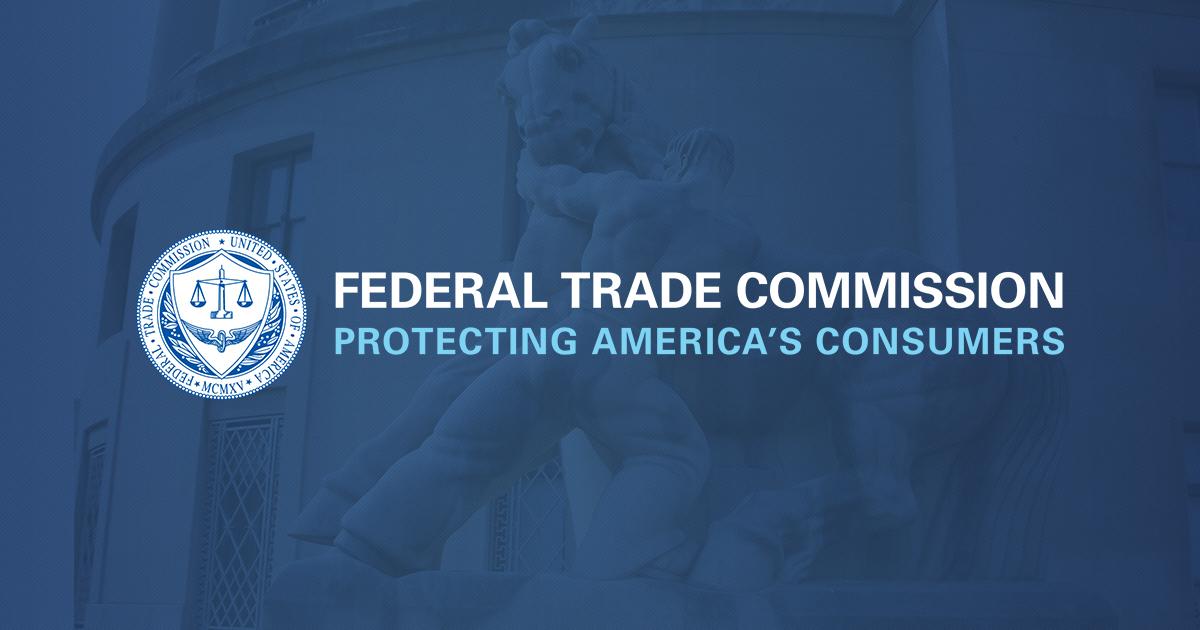...We must restore constitutional government...
Amy's On It!
For Thanksgiving, the Supreme Court upholds religious liberty

For Thanksgiving, the Supreme Court upholds religious liberty
New York could not show that church attendance has spread COVID-19 — not in comparison to business activities and political demonstrations.
thehill.com
Amy is the Cherry On Top Of The Ice Cream Sunday of Constitutional Judicial Reform, Trump's Crowning Achievement on Job Very Well Done. A Grateful Nation Applauds.
What a difference a one-justice swing in the Supreme Court makes. Late Wednesday, the high court, in a 5-4
ruling, granted two religious organizations an injunction, relieving them from the suffocating restrictions that New York’s Democrat governor,
Andrew Cuomo, had imposed on community worship.
In June the justices split 5-4 in favor of upholding restrictions that California and Illinois had similarly rationalized as necessary to deal with COVID-19. What’s different now?
Trump Judge
Amy Coney Barrett. The trajectory is shifting away from deference to autocratic executive power and toward the Constitution’s protections of core liberties — the separation of powers and the Bill of Rights.
In Wednesday’s ruling,
Roman Catholic Diocese of Brooklyn v. Cuomo, even Chief Justice John Roberts conceded that Gov. Cuomo’s limitations on worship “do seem unduly restrictive.” Based on his assessments of the severity of COVID-19 outbreaks, Cuomo classifies various state areas as red, orange or yellow zones. In the red zones, of greatest outbreak concern, no more than 10 people can attend a religious service, even though some of the churches seat over 1,000, and all of them at least a few hundred. In orange zones, attendance is capped at 25.
By contrast, businesses that the governor deems “essential” have no limitations on the size of meetings or other activity. As noted in the court majority’s per curiam opinion the governor denominates as “essential” such businesses as “acupuncture facilities, campgrounds, garages,” and many businesses “whose services are not limited to those that can be regarded as essential, such as all plants manufacturing chemicals and microelectronics and all transportation facilities.”
In orange zones, the court found that “the disparate treatment is even more striking.” Though religious services are limited to 25 persons, even businesses Cuomo deems “nonessential” are free to “decide for themselves how many persons to admit.”
The majority concluded that the restrictions are not “neutral” or of “general applicability.” This finding is key in the court’s religious-liberty jurisprudence. Restrictions that apply to everyone and do not target religion but incidentally affect religious observance (e.g., a general ban on peyote use that happens to burden the rites of some religious groups) are presumptively valid. By contrast, restrictions that single out religion — i.e., that are not neutral or generally applicable — are subject to the “strict scrutiny” analysis that the court applies to burdens on fundamental freedoms. That means the state, to justify its restrictions, must show that they are narrowly tailored to serve a compelling governmental interest.
The court observed that “it is hard to see how the challenged regulations can be regarded as narrowly tailored.”
The majority had little trouble concluding that the organizations are likely to win their lawsuit. The restrictions are draconian, and they appear capricious in comparison to the solicitude the governor shows to activities he subjectively considers essential.
In addition, the organizations demonstrated irreparable harm. The restrictions are so stifling that many faithful observers would be shut out of community worship — and here, the court significantly acknowledged that “remote viewing [on television] is not the same as personal attendance,” further noting that, for example, “Catholics who watch a Mass at home cannot receive communion.”
Finally, the court concluded that the state is unable to show that church attendance has spread COVID-19 more than the many business activities and social/political demonstrations the state has indulged. It is easy to conjure less restrictive alternatives that would achieve the state’s interest in combating spread of the disease. After all, many American states and cities are employing such alternatives.
Here, “the very heart of the First Amendment’s guarantee of religious liberty” is at stake. As the majority concluded, “Even in a pandemic, the Constitution cannot be put away and forgotten.”
And that makes all the difference. As the court’s liberals recognize only too well when a case involves some “right” they’ve managed to derive from “penumbras” mystically drifting from the Constitution’s “emanations,” it is not be our burden to defend our entitlement to core liberties. It is the government’s burden to prove that they must be denied, and courts eye such claims with skepticism.
Trump has done a commendable job turning this part of the system right side up.



